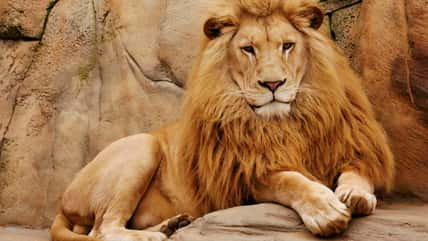Explorers Used To Tell Stories Of A Giant Bird Near Madagascar, And It Turns Out This Wasn’t A Mythical Creature

Elephant birds were flightless birds that went extinct around 1,000 years ago. It is believed that one species of the bird was the biggest bird that ever lived. They grew up to 10 feet tall and laid the largest documented eggs.
These prehistoric powerhouses were a mystery to scientists for a long time. It was only recently that scientists suggested that elephant birds could be divided into four distinct species: Mulleornis modestus, Aepyornis hildebrandti, Aepyornis maximus, and Vorombe titan.
The colossal bird was driven to extinction after humans settled in Madagascar. It was featured in many myths before being scientifically studied.
In the 13th and 14th centuries, explorers told stories of a giant bird that lived near Madagascar. They claimed it was the mythical creature, the roc or rukh.
But it was, in fact, a real bird. Elephant bird fossils are actually pretty common, so we have a good idea of what the creatures used to look like.
They had stubby legs, three-toed feet, conical beaks, and small wings that were useless for flight. They resembled ostriches but were more closely related to kiwis. They most likely lived in forests and ate plants.
Elephant birds were first described scientifically in 1851 by Isidore Geoffroy Saint-Hilaire, a French zoologist. He noted that their eggs could be as tall as 13 inches. Elephant birds themselves reached 10 feet tall and weighed around 1,000 pounds.
For centuries, they used to coexist with humans on Madagascar. However, human activity eventually led to the decline of the elephant bird population.
Humans hunted the birds for their meat and raided their nests for eggs. These birds were also affected by climate change.

Sign up for Chip Chick’s newsletter and get stories like this delivered to your inbox.
By 1200 C.E., the birds were completely extinct. All that was left of them were their fossilized bones and eggs. The idea of de-extinction has come up in recent years, which involves bringing extinct animals back to life.
The dodo, Tasmanian tiger, and the woolly mammoth are all potential candidates for de-extinction.
Dire wolves were recently brought back to life earlier this year after disappearing over 12,500 years ago, thanks to Colossal Biosciences, a biotech company based in Dallas, Texas.
This same company has also said they’re working on trying to bring back the woolly mammoth by 2028 (after first going extinct over 4,000 years ago), which really is just right around the corner at this rate.
The elephant bird may also make a good candidate. Their eggs are a rich source of DNA, so perhaps, some version of the species can be revived.
What are your thoughts on bringing extinct animals back to life? Do you think it’s worth trying to do, or is it better to leave the past, well, in the past?
More About:Animals





